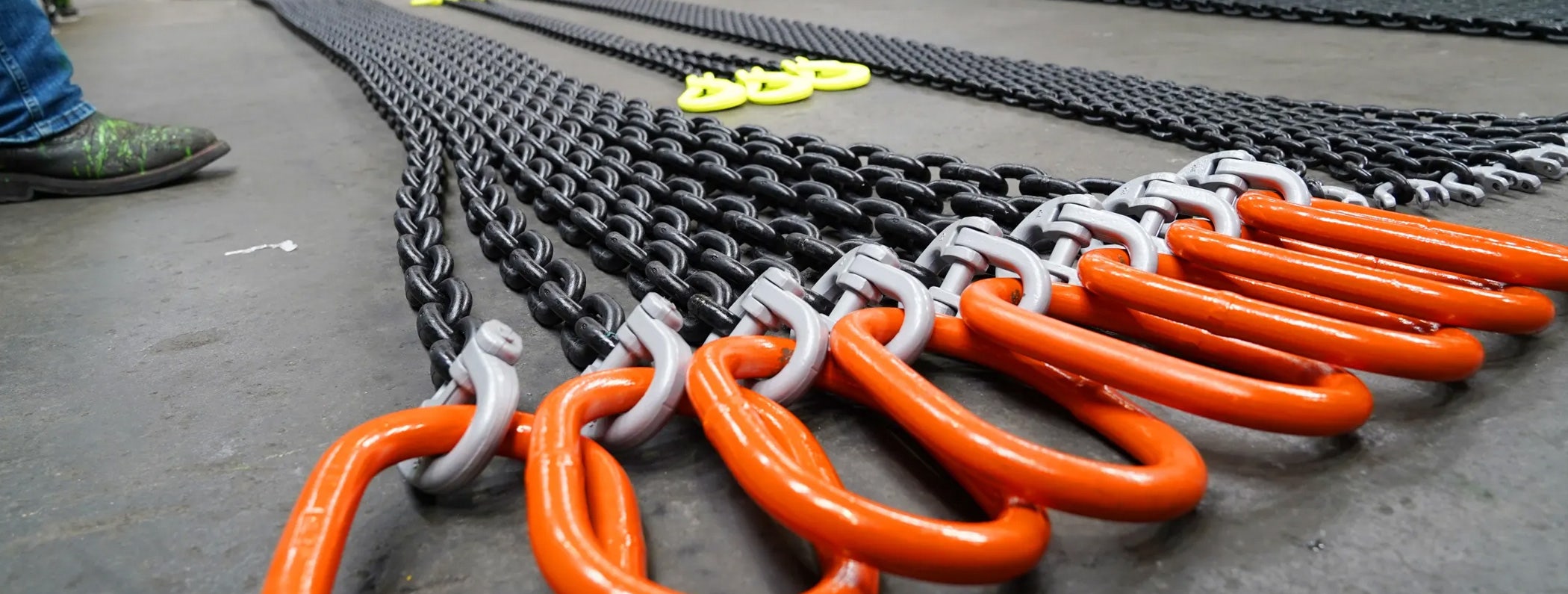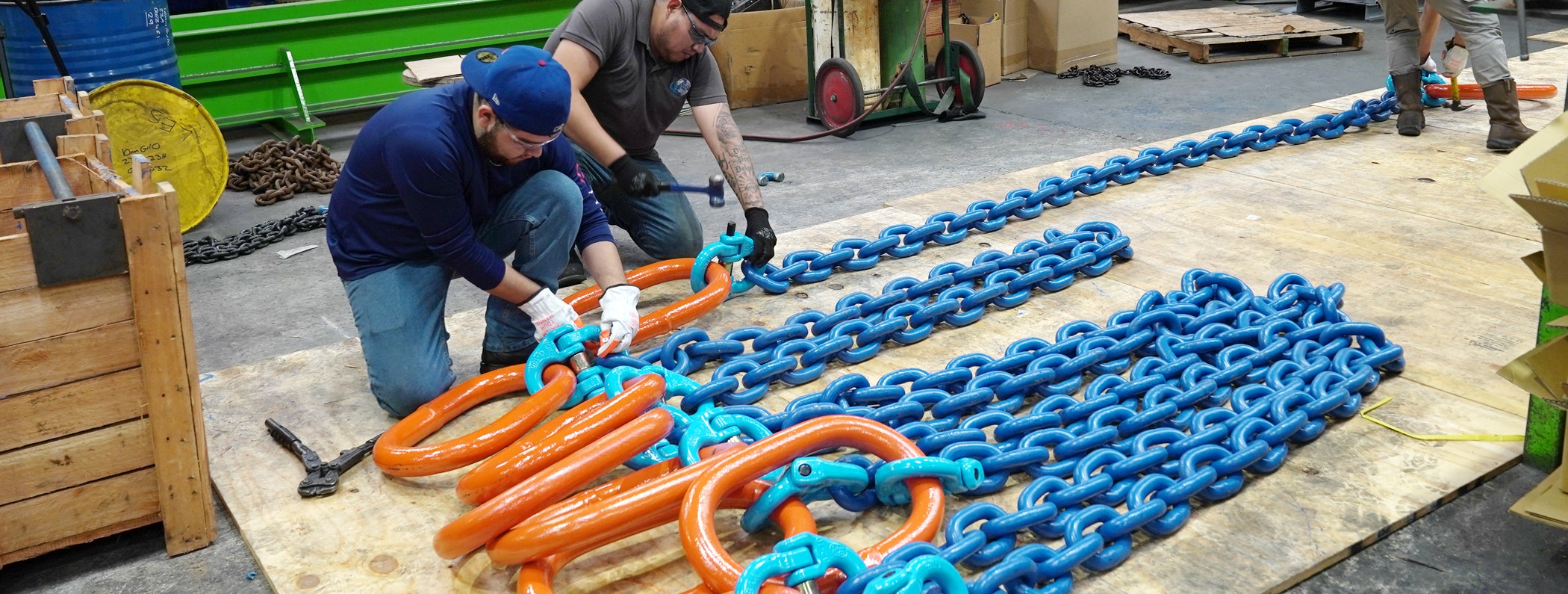Professional Steps to Preserve the Integrity of Wire Rope Slings
On virtually any worksite where there is rigging involved, you will find wire rope swings. They are a popular choice due to their incredible strength and their structural resistance to abrasion. In some cases (such as lifting forged metal) a wire rope sling is ideal as it resists heat and is perfect for lifting hot construction materials.
How They Work
Wire rope slings are the ideal choice where flexibility and durability in rigging is required. They can be constructed from IWRC (Independent Wire Rope Core) or an industrial fiber core. Some jobs specify the use of industrial fiber core as it is a more flexible rope swing however it has a lower heat and environmental resilience than the traditional IWRC wire rope core. When evaluating which type of wire rope sling to use, consider the one that will bend and flex without distorting the shape or integrity of the wire.
There are two types of wire rope constructions. The most common type is the right lay/regular lay which has the greatest range of hoist and rig applications. The grade and construction of the wire rope is usually EIPS (Extra Improved Plow Steel) or EEIPS (Extra Extra Improved Plow Steel) for more arduous applications. No matter what type is selected the wire rope sling is chosen for its ability to perform on the site and to take the abuse of wear and tear.
Signs of Wire Rope Wear
Over time wire rope slings can show their wear and become a hazard to use, depending on the amount of damage they have sustained during repeated wear and the age of the equipment. The importance of inspecting all rigging equipment is highlighted as a safety measure, and all equipment should be sight inspected before each use to avoid accidental injury or loss.
When evaluating the safety and wear of wire rope slings, watch for the following indications:
- Broken or damaged wires and fibers.
- Missing sling identifications or worn out illegible tags.
- Any corrosion of the rope or attachments and sling fittings.
- Kinking or “bird caging” of the wire.
- Significant rust that may indicate a structural weakness on the wire.
As wire rope slings can be used in height hoisting of very heavy loads, it becomes critical to jobsite safety to ensure that they are thoroughly inspected on a regular basis. Novice and apprentice riggers should also be trained to acknowledge the warning signs of critical wear and tear and to report them.
It should be noted that the United States Department of Labor outlines the service inspection requirement for wire rope as:
- Yearly for normal service use,
- Monthly to quarterly for severe service use, and
- As recommended by a qualified person for special and infrequent service use.
Source: Guidance on Safe Sling Use
How to Make Them Last Longer
Since all rigging equipment is expensive, contractors are motivated to take steps to make their equipment last as long as possible without compromising safety. With some preventative maintenance and frequent inspection, damage can be avoided and you can make your wire rope slings last longer.
- Ensure that slings are stored in a safe area where they will not be exposed to damage from other machinery, excessive moisture or to extreme temperatures where possible. If slings will be exposed to extreme hot or cold temperatures, please consult with the manufacturer for precautions.
- Avoid exposing wire rope slings to degreaser or solvent which can corrode the core of the rope and closely adhere to the manufacturer’s direction when it comes to lubrication of the equipment.
















